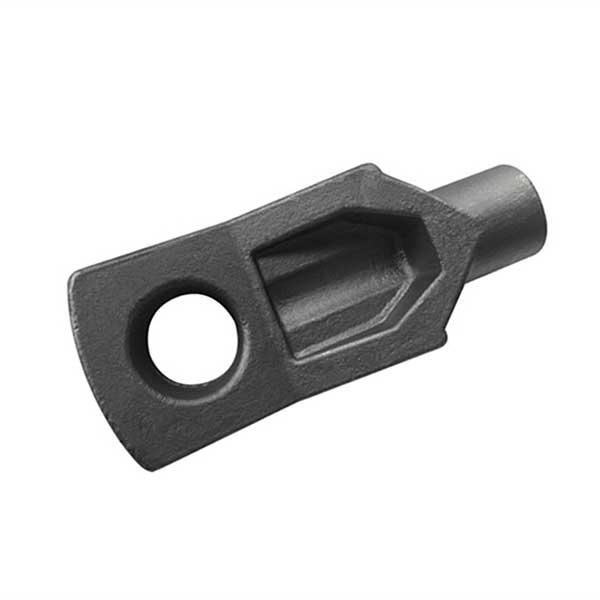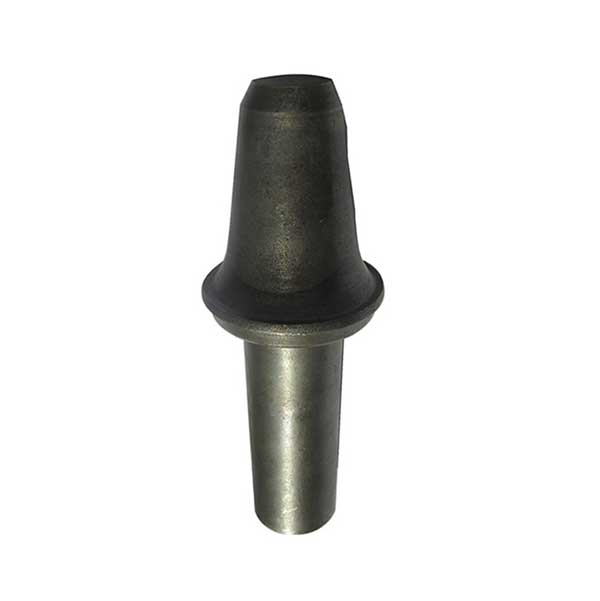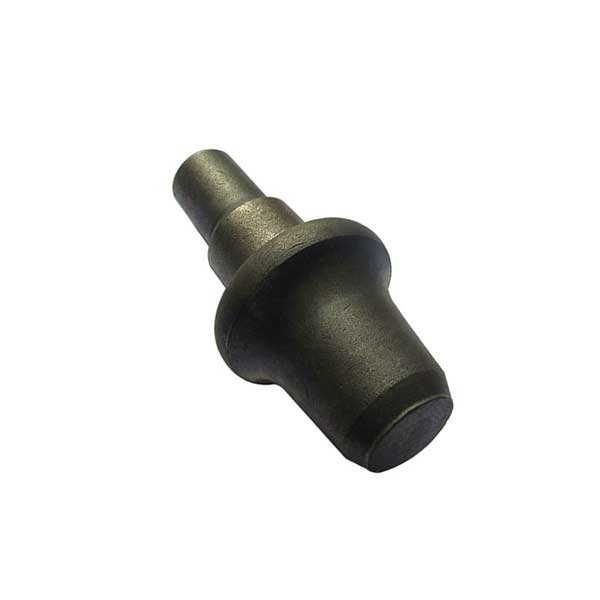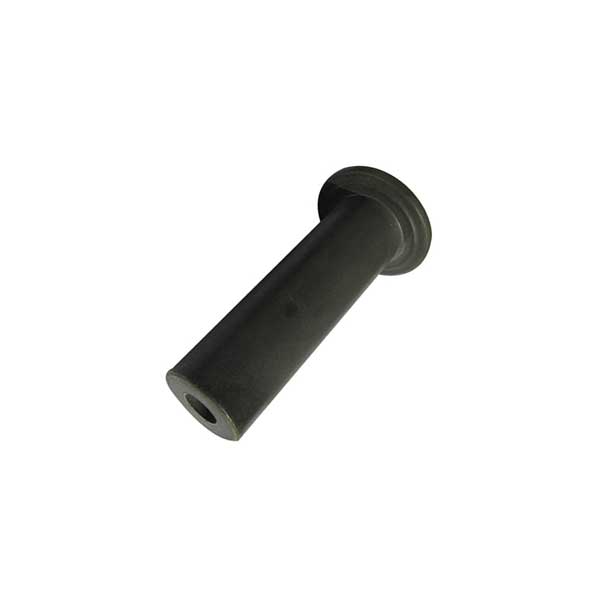Shearer pick forgings forging
Shearer pick forgings can be divided into pendulum, pendulum swivel, roll forging, cross wedge rolling, boring ring and cross rolling according to the movement mode of the forging die. Pendulum, swivel forging and annulus can also be used for precision forging. In order to improve the utilization of materials, roll forging and cross rolling can be used as a front-end process for slender materials. The same rotary forging as free forging is also partially formed, which has the advantage that it can be formed in the case of a smaller forging force than the forging size. This forging method, including free forging, expands the material from the vicinity of the mold surface to the free surface during processing. Therefore, it is difficult to ensure the accuracy of the Shearer pick forgings. Therefore, the movement direction of the forging die and the swaging process are controlled by a computer. Forgings with complex shapes and high precision can be obtained with lower forging force, for example, forgings such as steam turbine blades with large variety and large size.
The die motion and degree of freedom of the forging equipment are inconsistent. According to the characteristics of the bottom dead center deformation, the forging equipment can be divided into the following four forms:
1. Limit the form of forging force: the hydraulic press that directly drives the slider by oil pressure.
2. Quasi-stroke limiting mode: hydraulic press that drives the crank-link mechanism.
3.Stroke limit mode: crank, connecting rod and wedge mechanism drive the mechanical press of the slider.
4.Energy limit mode: the use of screw mechanism spiral and friction press.
In order to achieve high accuracy, care should be taken to prevent overload at the bottom dead center, control speed and mold position. Because these will have an impact on forging tolerances, shape accuracy and forging die life. In addition, in order to maintain accuracy, you should also pay attention to adjust the slider rail clearance, ensure the stiffness, adjust the bottom dead center and use the auxiliary transmission and other measures.
The slider also has the vertical and horizontal movement of the slider (for forging of the elongated part, lubrication cooling and part forging of high-speed production), and the compensation device can increase the movement in other directions. Different methods are used, the required forging force, process, material utilization, production, dimensional tolerance and lubrication cooling method are different. These factors are also factors affecting the level of automation.




